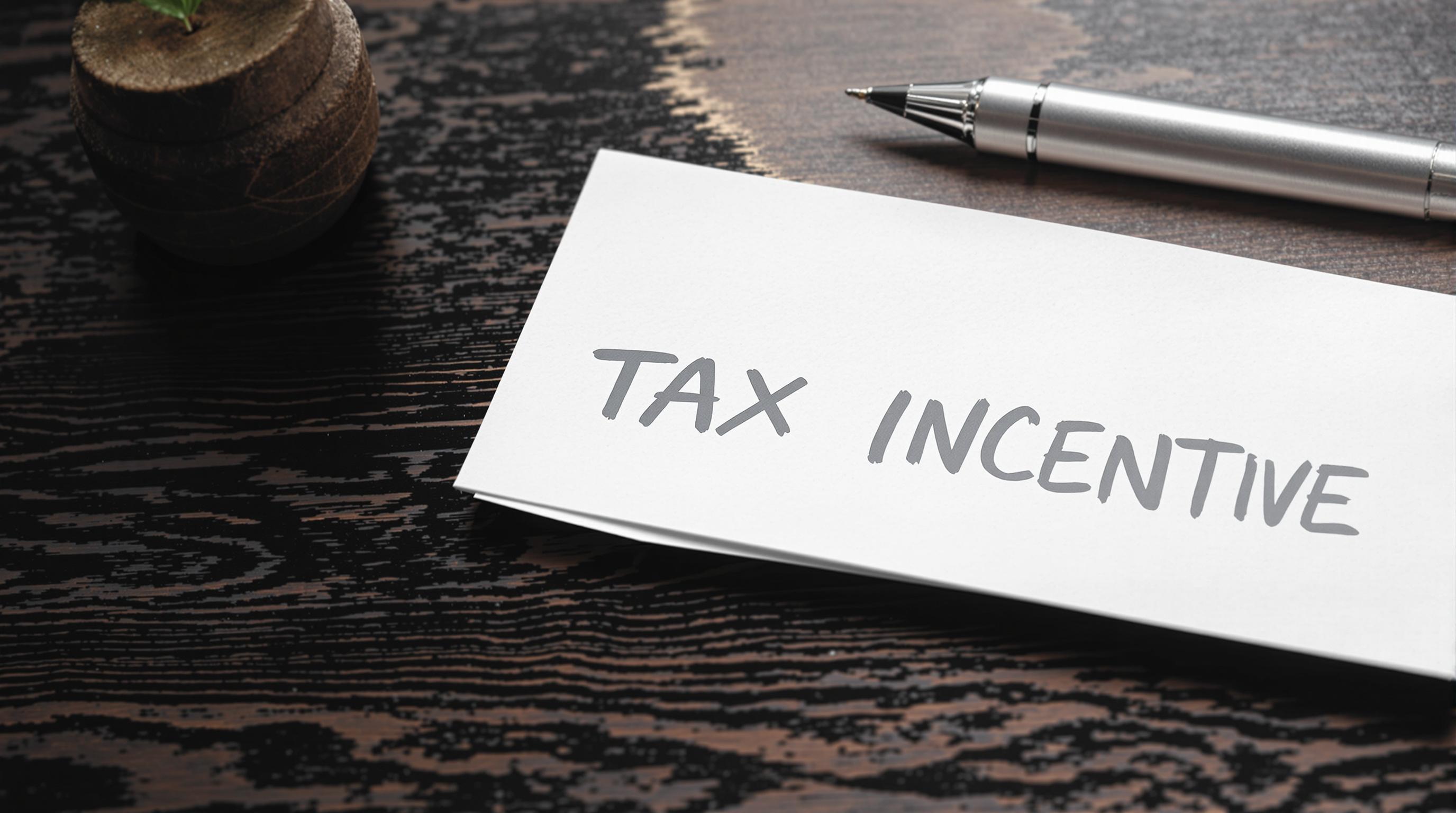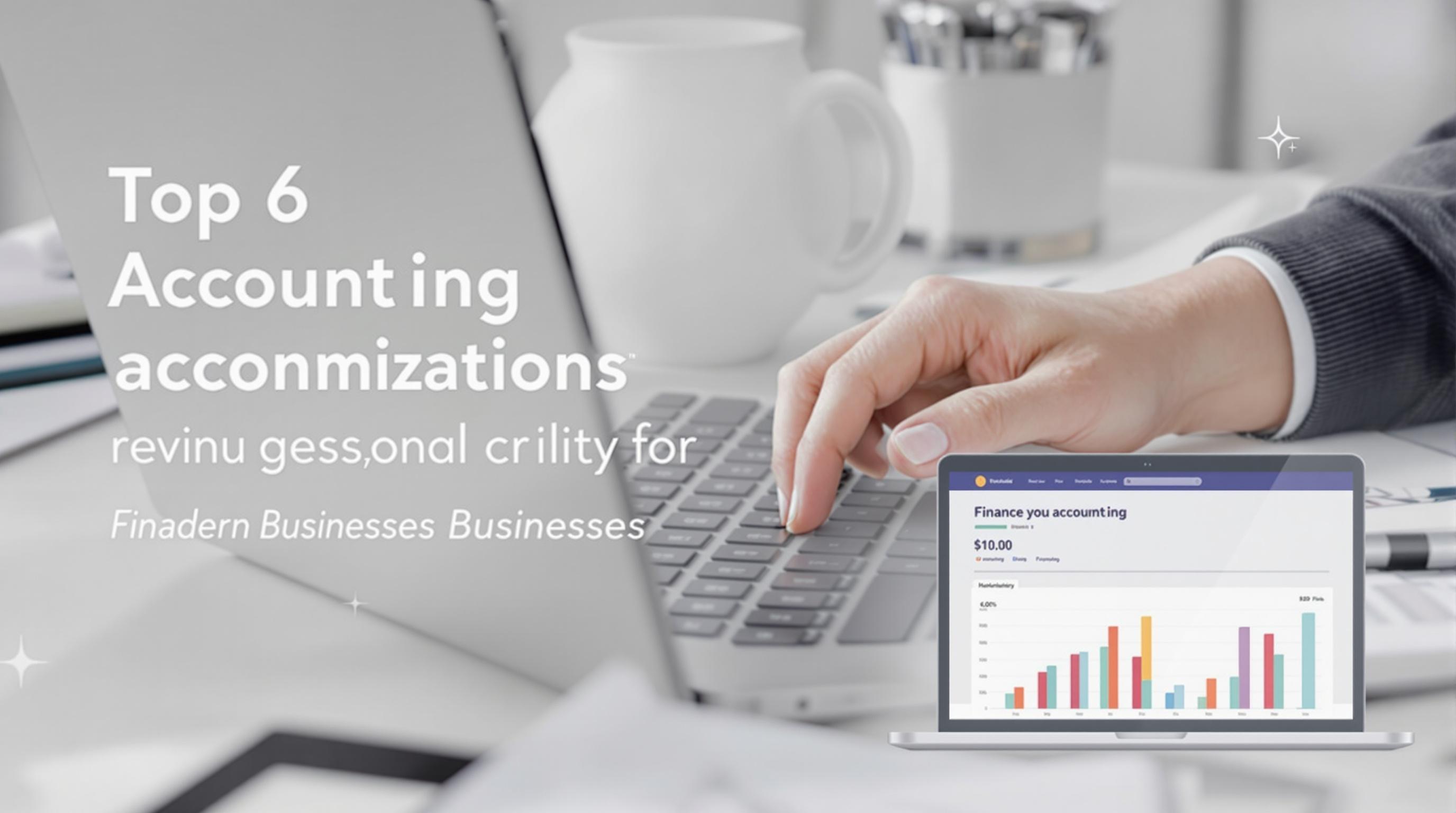Featured Articles
- 8 Overlooked Tax Incentives That Could Transform Your Small Business Finance Strategy
- 9 Proven Strategies to Safeguard Your Business Finance During Economic Uncertainties
- Cryptocurrency Tax Loopholes: Are You Missing Out on Hidden Business Finance Savings?
- Finance in the Metaverse: How Virtual Real Estate is Reshaping Investment Strategies
- The Financial Psychology of Remote Work: Unraveling Money Mindsets in a Virtual Era
"Unseen Costs: How Office Vibes Are Secretly Draining Your Business Finance"
"Unseen Costs: How Office Vibes Are Secretly Draining Your Business Finance"
Office vibes significantly impact employee performance and business finances, often in unnoticed ways. This article explores how negative atmospheres can lead to hidden costs in your organization, including decreased productivity, increased turnover, and deteriorated mental health among employees.
A Vibe Check: The Office Atmosphere Equation
Picture this: you walk into an office that feels cold, dreary, and unwelcoming. Instantly, your motivation plummets, and you think to yourself, “Is it Friday yet?” According to a study by Glassdoor, 56% of employees report that workplace culture is more important than salary. This statistic underscores just how integral office vibes are to business success.
Counting the Cost: Productivity and the Peculiarities of Office Atmosphere
Studies suggest that a positive work atmosphere can improve productivity by as much as 30% (source: Gallup). Let’s consider Sarah, a graphic designer in a traditional, lifeless office. She’s talented, but the monotonous environment drains her creativity, leaving her churning out average work while feeling stifled. Contrast this with Jesse, who works at a company that prioritizes a vibrant culture, featuring collaborative spaces and plenty of greenery. Jesse feels inspired and regularly exceeds targets.
Can You Feel It? The Emotional Toll
Employees are humans—embracing that fact is essential. Negative office vibes can evoke stress and anxiety, ultimately leading to burnout. A study by the World Health Organization (WHO) found that burnout caused by work stress can cost a company millions each year due to absenteeism and reduced output. Consider this: If Sarah called in sick two days a month due to stress, the costs for her salary and the potential drop in team productivity could easily sum up to thousands annually.
The Ripple Effect: Morale, Turnover & Business Finances
Now, let's explore the impact of employee morale in the context of turnover. Happy employees translate to loyal employees. According to a survey from LinkedIn, 94% of workers would stay at a company longer if it invested in their career development. But what happens when the office vibes are off? Unfulfilled employees look for greener pastures elsewhere, costing businesses around $15,000 for each worker who leaves, considering recruitment and training expenses (source: Work Institute).
Imagine an energetic office vs. one where the air is thick with discontent. When turnover rates increase, so do the hidden costs. The composite cost of a bad hire can range from 30% to over 200% of their annual pay! You do the math: for a mid-level employee earning $70,000, your company could be shelling out anywhere from $21,000 to $140,000 when factoring in recruitment, training, and lost productivity.
A Case Study: The Transformation of ‘BlandCo’ to ‘BrightCo’
Let’s dive into the story of a fictional company, BlandCo, that found itself facing increased costs stemming from poor office vibes. After receiving numerous complaints about the somber environment, management decided to make a change. They revamped the physical workspace—introducing colorful decor, greenery, and open spaces for collaboration. They also initiated regular team-building activities aimed at promoting social interaction.
Fast forward one year, and staff turnover reduced by 35%. Employee satisfaction scores soared, showing an impressive increase from 56% to 83%. Not only did BrightCo save on hiring costs, but overall productivity improved, leading to a significant boost in annual revenue. Investing in the vibes indeed proved to be a savvy financial strategy.
Spill the Tea: A Conversation on Culture
Startups often embody a casual, friendly culture, which is why they're often seen as more desirable than corporate giants. Could it be the camaraderie, the flexibility, or simply the vibes? Let’s get real for a moment: an open office culture encourages collaboration but can also lead to distractions if not managed correctly. Therein lies the fine line between fostering creativity and maintaining focus. The key? Balance!
Building Your Own Vibe: Practical Tips
Are you ready to create your own great office atmosphere? Here are a few practical tips:
- Encourage Open Communication: Facilitate an environment where employees feel comfortable sharing ideas and concerns.
- Invest in a Good Workspace: Ergonomic furniture, good lighting, and decorations can go a long way in boosting morale.
- Incorporate Fun: Organize team events or social gatherings to strengthen bonds among team members.
Remember, a little investment in office vibes can lead to incredible returns in productivity and success!
The Financial Bottom Line: “Quirky” Might Be the New “Corporate”
You might be thinking, “But we can't afford to change our office vibes!” Consider this: businesses that invest in employee engagement can expect to see 21% higher profitability (source: Gallup). So, rather than viewing it as an expense, reframe it as an investment. The old saying “you have to spend money to make money” has never been truer than in the context of workplace culture.
Different Strokes for Different Folks: Personalization Matters
Just as you wouldn’t wear the exact same outfit to a wedding as you would to a casual Friday, your office environment should reflect the character and preferences of your team. Are your employees introverts who thrive in quiet spaces, or extroverts who love to brainstorm in groups? Tailoring your office environment to your team’s needs can significantly enhance overall morale.
Quiz: What’s Your Office Vibe?
Here’s a fun little quiz you can do with your team. Ask them to describe their ideal workday in three words. The responses can give you insight into what changes you might consider making for a happier and healthier work environment!
This playful approach not only engages your employees but also opens up a dialogue about what modifications can help elevate the workplace vibes.
Conclusion: The Power of Positive Vibes
In conclusion, the unseen costs associated with negative office vibes can create hefty financial burdens on a business. Investing in a positive office atmosphere not only enhances productivity and morale but also significantly reduces turnover costs. The good news is, small changes can lead to remarkable transformations. So take the time to assess your workplace vibes—it might just save your business more than you think!
Now, go on and become the vibe check champion of your office, because when it comes to business, the vibe is the drive.




